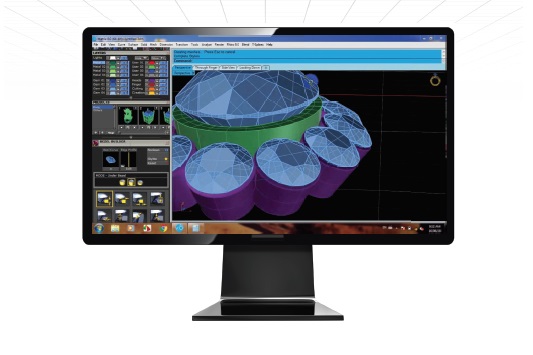|
Cover
The Diamond Innovators
As the industry evolves, more parties throughout the distribution chain are realizing they need to embrace technology if they want to survive. Here’s a look at how three companies are using cutting-edge tools to improve efficiency, transparency and storytelling for retailers.
By Avi Krawitz
 Image: Shutterstock
Image: ShutterstockArticle from the Rapaport Magazine - March 2019. To subscribe click here.
|
|